
1. How would you describe your work in 3 adjectives?
My work is rooted in authenticity, compassion, and responsibility. Authenticity, because I try to stay honest to myself and the people whose stories I’m engaging with. Compassion, because without empathy, the work feels hollow. And responsibility, because I see storytelling not just as a personal act, but also as something that can shape how people are seen, remembered, or understood. Those three words are like quiet anchors for me; I return to them again and again.
2. What would people be surprised to know about you?
People might be surprised to know that I honestly think you need to be a little cracked in the head to be a storyteller, and I include myself in that. To create any kind of change, you have to step to the other side of the line and look at the world differently. When I tell people I’m working for a better world, they sometimes laugh or even tease me. What they don’t understand is that storytellers and filmmakers are ordinary people too; we’re not above anyone. The only difference is that we see through a lens of care. Sometimes that gets mistaken for arrogance, but really, it just means we care a little too much. And maybe that’s the crack in my head, but it’s a crack I wouldn’t trade.
3. How does your home, Dooars, influence your work?
Honestly, I don’t even know how to put it in words, but if I call myself a filmmaker today, it’s only because of Dooars. I grew up in this small town in North Bengal, people call it the door to the Himalayas. From my window, I could see Kanchenjunga, endless forests, wild animals passing by, and the Teesta River sparkling in the sunlight. That was my childhood. And I think all that beauty quietly trained my eyes; it taught me to notice, to wonder, to see the world through a certain kind of care.
But growing up also meant watching that beauty slip away. Unsustainable development, human pressure, and various other factors have led to the place slowly losing its charm. And that’s hard to watch when it’s your home. I think, deep down, that’s why I chose storytelling: to hold on to this vision, to protect it in whatever way I can, and to pass it on. My film, Vanishing River, came directly from that feeling - from wanting the next generation to see what I saw, not just hear stories about it.
4. What are the things that bring you the most joy?
You know, the thing that brings me the most joy is honestly my work. I always dreamt of being a storyteller, and now I get to live that dream; it feels pretty amazing. But what really lights me up is when I can make people curious about the world, especially kids, through the work I do.
Like, if a child suddenly asks me, ‘How are butterflies born?’ Oh, I love that. I’ll show them a metamorphosis video, and the way their eyes just go wide with awe… that moment makes me happier than anything.
In one line, I’d say that curiosity brings me the most joy. It’s what took us to the moon, and I really believe it’s also what’s going to help us heal this world. And if I can spark even a tiny bit of that curiosity in someone, I feel like I’m doing something right.
5. How do you get into the “zone” for your creative process?
For me, getting into the zone usually starts with music. Metal music, to be precise! Add in a little bit of anxiety, maybe a whole day of staring at a blank wall, and then suddenly… Voilà! I’m in the zone. I know it sounds ridiculous, but that’s honestly how it works for me. Like I’ve said before, you’ve got to be a little cracked in the head to be a creative person, and I fully own that crack.
6. What advice would you give to your younger self?
I’d tell my younger self that those zeros in math and English don’t define you. They never did. And those school teachers who made you feel small, who bullied you into thinking you weren’t going to amount to anything, they were wrong. Dead wrong!! I know it hurt, I know you carried that shame, but none of it was the truth about you. You’ve always been strong and stubborn, and you’ll only get stronger. Your stubbornness will turn into fire, and that fire will keep you moving. And don’t you dare believe anyone who says your love for the natural world or cinema is just a phase; it’s your calling. It’s what will give you purpose. And when all else fails, I’d just wrap you in the biggest hug and whisper, ‘You’re going to be more than okay.’
7. How have communities like Bitchitra and BGDM been supportive to you as a filmmaker?
Storytelling and filmmaking are never one-person jobs. They can’t be. To create something powerful, you need a community. That’s why I’m so excited to now be part of Bitchitra and BGDM.
Being part of Bitchitra and BGDM means stepping into a space where generosity, collaboration, and support are at the heart of everything we do. I’m looking forward to learning, sharing, and leaning on this collective strength as I take Vanishing River forward. More than just a platform, these communities feel like a group of people walking together, guiding one another, and cheering each other on, and I feel grateful to be part of that.
8. What favourite things have you watched, read and/or listened to lately?
I have a go-to book that I keep returning to, The War of Art. I pick it up every six months or so, especially when I’m feeling burnt out or stuck in a creative block. It’s like a reset button for me.
Lately, I’ve also been hooked on Hasan Minhaj’s podcast episodes with Vir Das and Neil deGrasse Tyson. Both of them are my absolute favorites. Vir Das has such a unique perspective on art and comedy, which has really made me think differently about storytelling. And Neil deGrasse Tyson… honestly, I don’t even feel capable of saying anything about him. He’s like this eternal grown-up kid who never stopped being fascinated by the universe. Listening to him always reminds me how much wonder there still is in this universe.
9. How has/will the Sriyanka Ray Grant impacted your current project?
This is so, so, sooo special for me! It’s actually the first grant I’ve ever received, and for it to be the Sriyanka Ray Grant, the most prestigious grant given by Bitchitra in collaboration with BGDM, just makes it even more meaningful. I’m deeply grateful.
What touched me even more was receiving a text from Sanjana, Sriyanka’s sister. She even posted on Instagram about how Sriyanka had been working on a project called Vanishing Island, and here I am working on Vanishing River. That connection gave me chills. It felt like more than a coincidence; it felt like responsibility. A responsibility to carry this story forward with even more love and compassion.
So thank you, Bitchitra and BGDM, for believing in Vanishing River and giving it the support it needed right at this moment. It means the world.
10. What has been the most challenging part of filming Vanishing River? What has been the most rewarding?
Vanishing River is a story that came to me, and now I feel responsible to tell it with authenticity. The challenges have been many; some you can see with your eyes wide open, and some you only feel when you close them. But the hardest one? Honestly, it’s figuring out how to hold everything together when the world is literally falling apart around you. And I mean literally, the Eastern Himalayas are so fragile. Roads wash away every year. It used to be a once-a-year phenomenon, but after the 2023 floods, it’s become almost routine. Try filming in that environment and tell me it’s not a challenge.
And then comes the kind of challenge no one prepares you for. When people say your project is your baby, trust them! I didn’t really get that until Vanishing River. A lot of our filming takes place in the river, and neither my co-director/DOP Shamik, nor I had ever really been in water before. Because of this film, we actually learned how to swim! That’s when it hit me: every project shapes you, and you grow alongside it in unexpected ways.
Of course, there’s also the universal struggle every storyteller knows: “FUNDING”! But I’ve stopped seeing it as a burden, though. For me, it’s simply part of the storytelling process, part of the journey of bringing a story into the world.
And the reward for all of this? It’s in the by-products of the journey. Becoming a NEWF Global Fellow, pitching Vanishing River at Green Stories Pitch (while shaking and trembling the whole time!), becoming part of communities like Bitchitra and Brown Girls Doc Mafia and somehow cracking a grant. Each step has given me confidence I didn’t have before. That growth, that sense of finding my own voice, feels like the biggest reward of all.
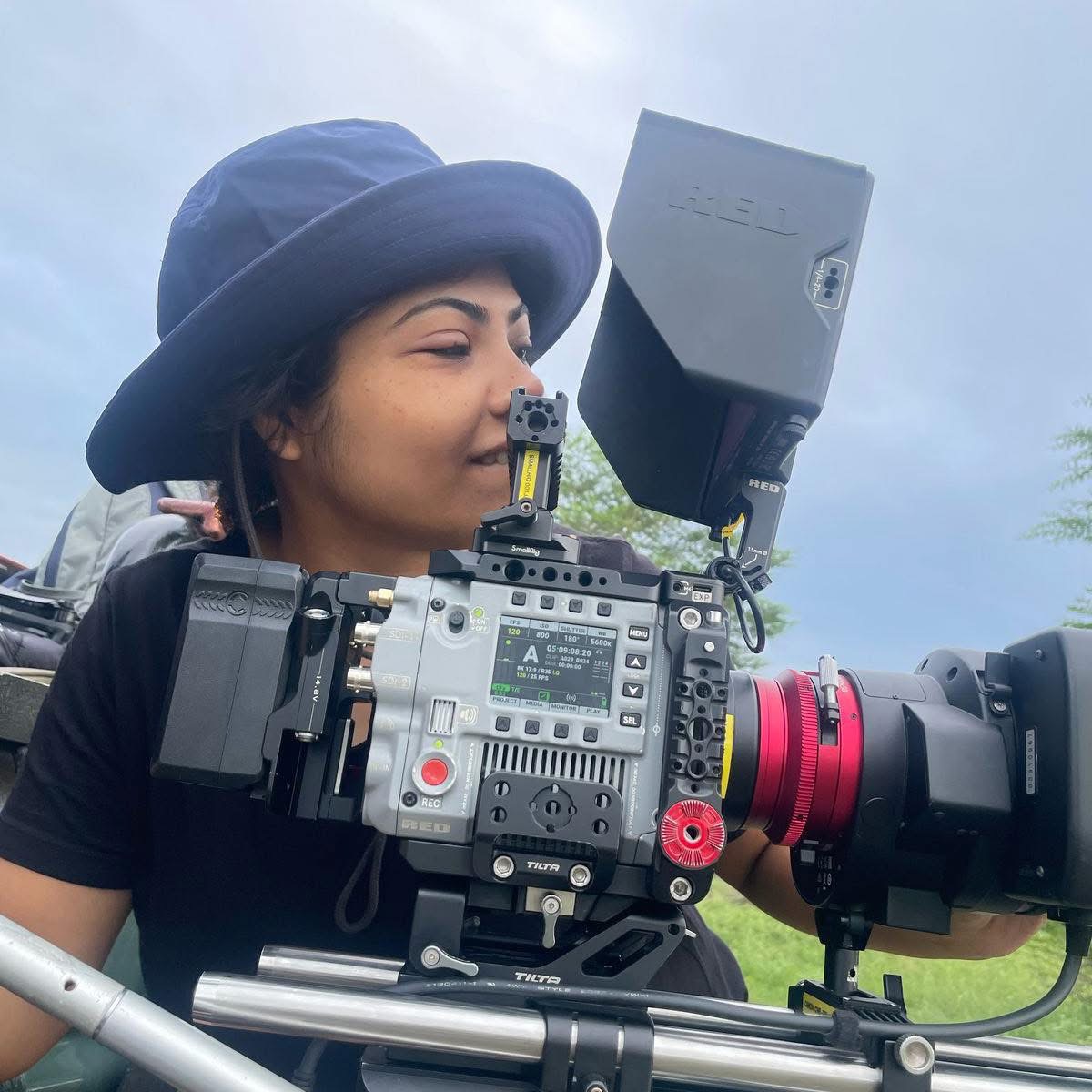
Paushali Saha is a wildlife cinematographer and director from the Dooars whose work bridges storytelling, conservation, and artistry. With a gift for capturing the unseen and unnoticed, Paushali brings depth and tenderness to her work behind the camera—often through her signature use of long lenses that reveal the quiet poetry of the natural world. Her portfolio spans scripted films, commercials, and conservation documentaries, with selections at festivals she’s long admired. Through every frame, Paushali uses film as an act of care and awareness—amplifying endangered species, celebrating remote landscapes, and connecting audiences to the wild beauty that unites us all.


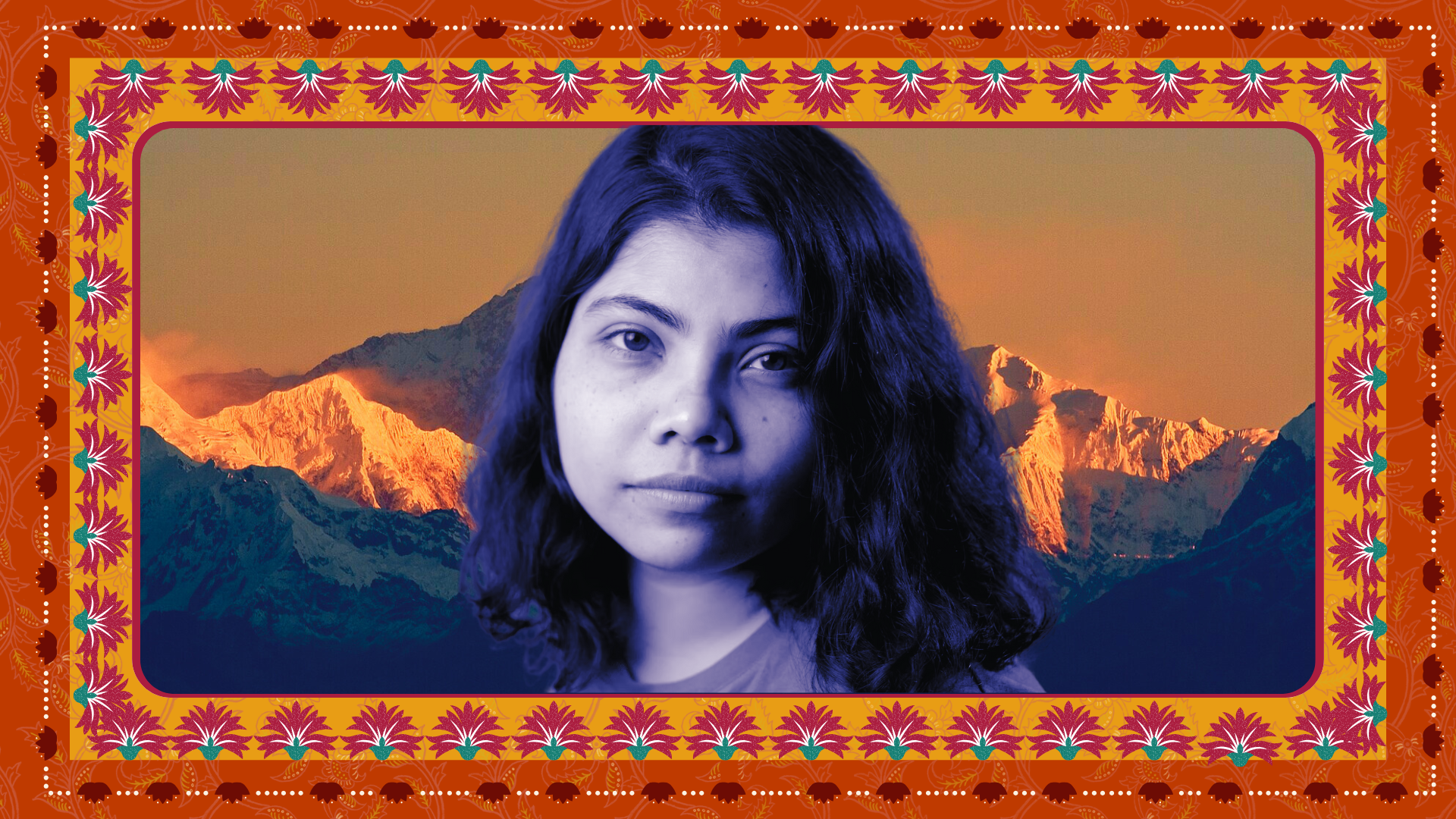

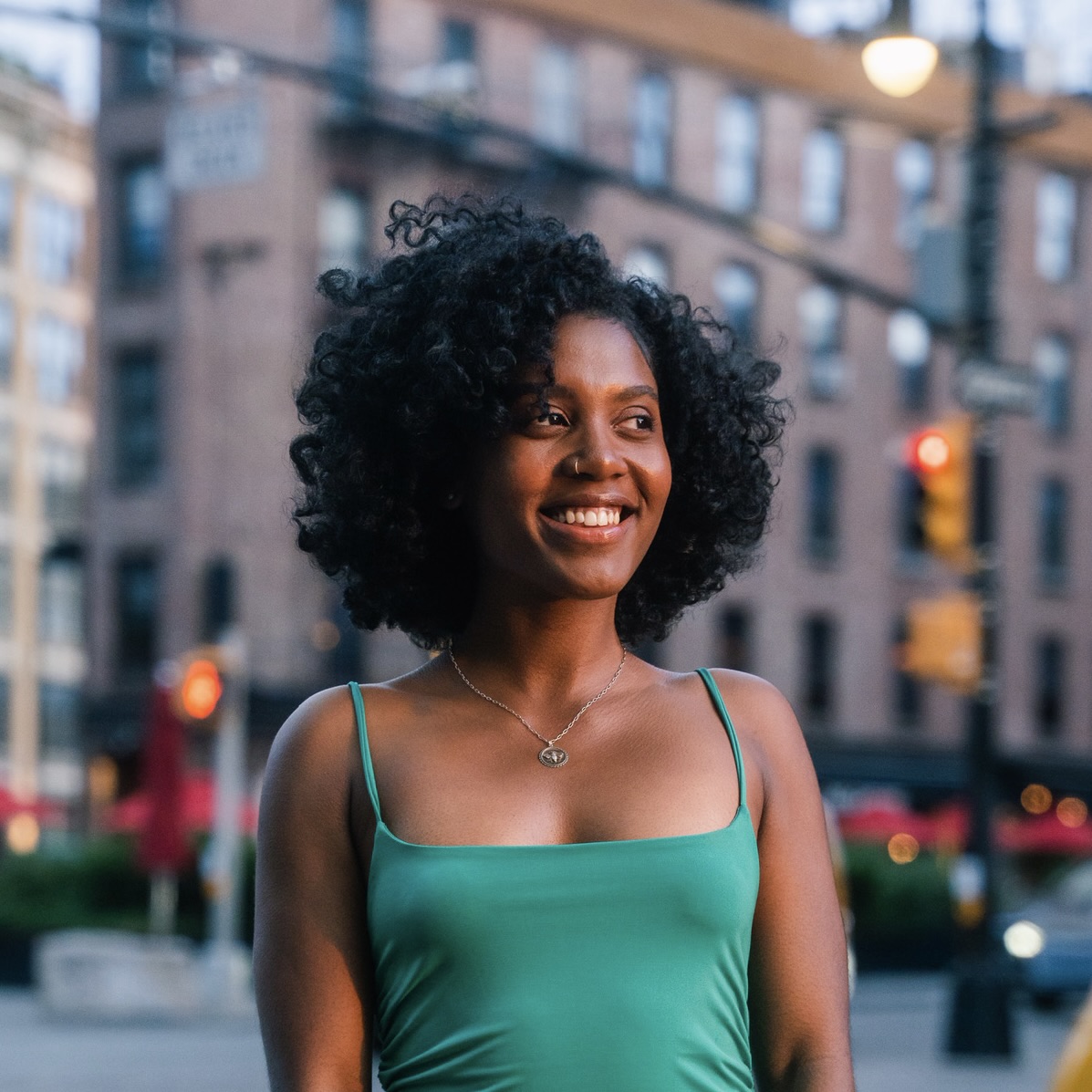
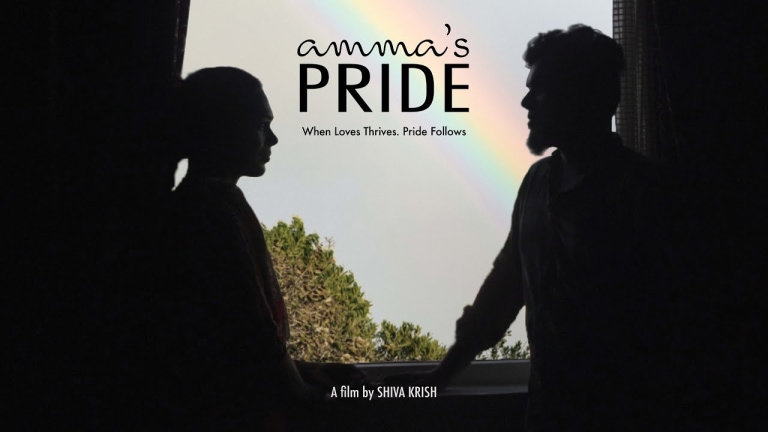
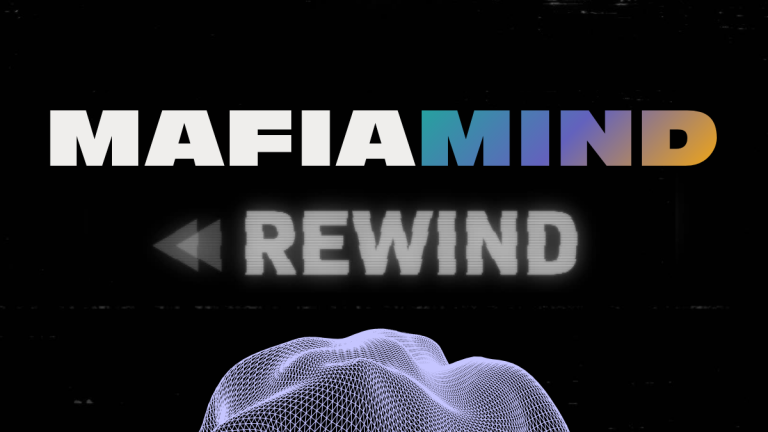
.png?resize=768x0)